I want to get the address from the coordinate. I have attached my code below..
func locationManager(_ manager: CLLocationManager, didUpdateLocations locations: [CLLocation]) {
let lastLocation = locations.last!
let latvalue = lastLocation.coordinate.latitude
let lngvalue = lastLocation.coordinate.longitude
self.db_latvalue = latvalue
self.db_lngvalue = lngvalue
let location = CLLocation(latitude: latvalue, longitude:lngvalue)
let address = CLGeocoder.init()
address.reverseGeocodeLocation(CLLocation.init(latitude: latvalue, longitude:lngvalue)) { (places, error) in
if error == nil{
if let place = places{
print("addressshowingssq \(place)")
self.db_address = "\(place)"
}
}
}
Output:
[L-30 2nd A Main Road, L-30 2nd A Main Road, HSR Layout, Bengaluru, Karnataka 560102, India @ <+12.91597974,+77.62879254> +/- 100.00m, region CLCircularRegion (identifier:'<+12.91597974,+77.62879254> radius 70.94', center:<+12.91597974,+77.62879254>, radius:70.94m)]
I want only the address as i mention below
L-30 2nd A Main Road, L-30 2nd A Main Road, HSR Layout, Bengaluru, Karnataka 560102
I researched google i got different solution so i got confused.
